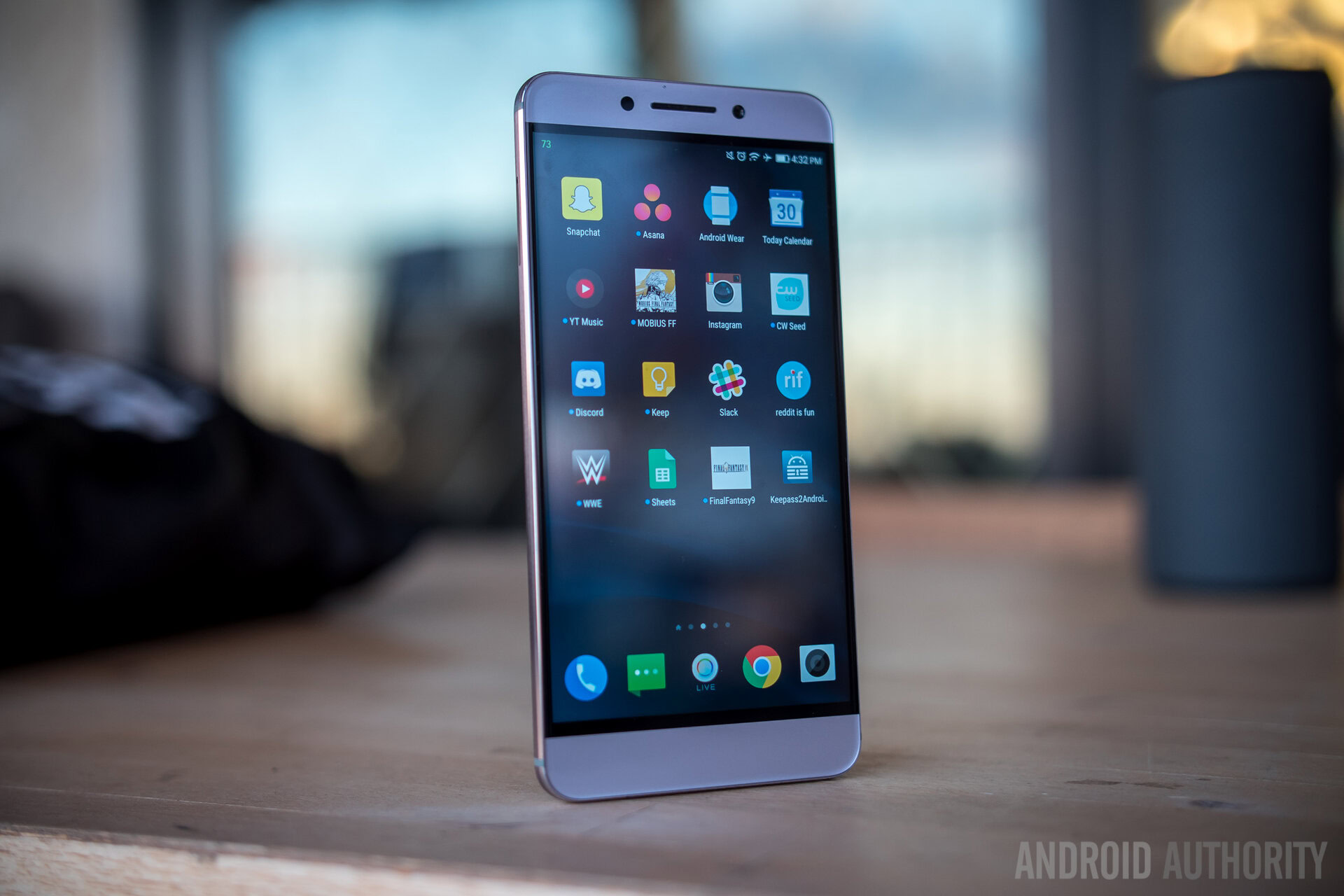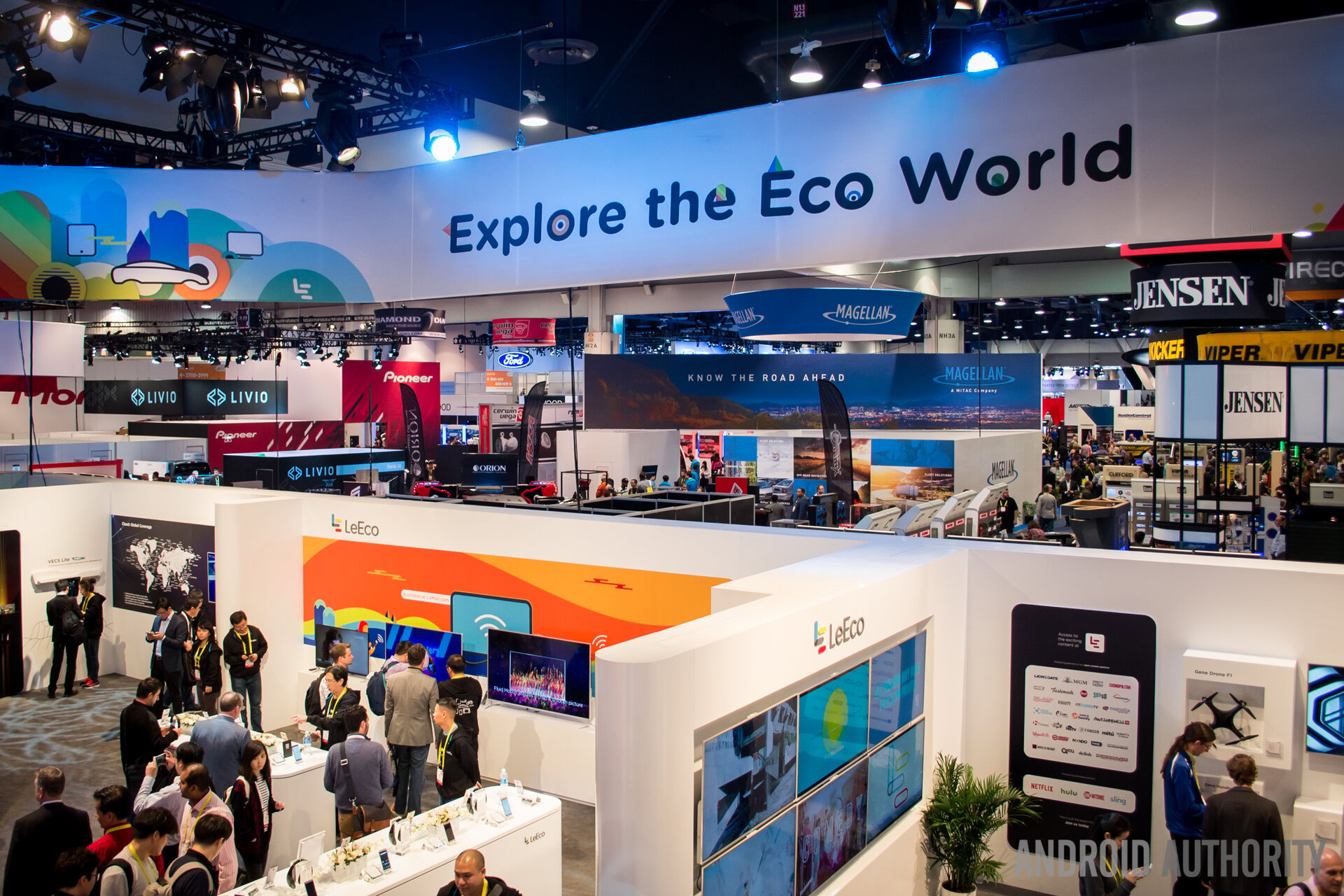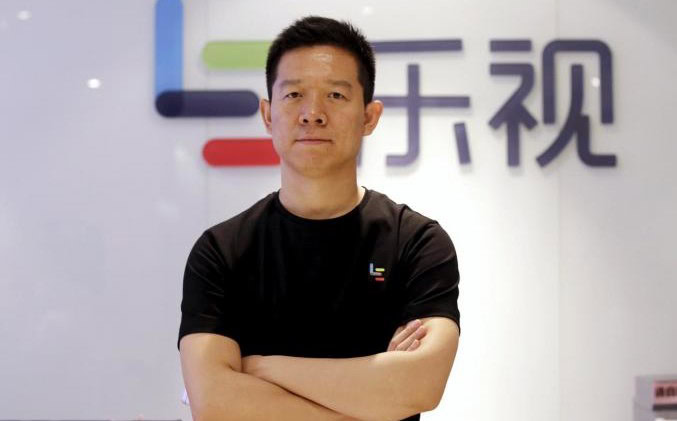Affiliate links on Android Authority may earn us a commission. Learn more.
Boom to bust: The sad history of LeEco in the United States
May 24, 2017

LeEco started 2016 as a company with big ambitions, looking to tackle the tough to crack US market not only with a series of cost-competitive smartphones, but also to eventually bringing customers over to its range of TV boxes, Bluetooth speakers, headphones, and other gadgets. Unfortunately, this rapid over expansion has resulted in some poor financial results and subsequent layoffs across its US workforce, virtually ending the company’s near term goals.
It has become quite clear that LeEco was more than a little too ambitious with its US plans, and is now feeling more of a punch than a pinch in the wallet after a months long spending spree. So here’s a recap of the company’s short lived venture into and out of the US market.
June 17 2016 – spend money to make money
Before shifting a single product in the country, LeEco splashed out on some expensive Santa Clara real estate. The company set up shop in Yahoo’s old development site and forked over a whopping $250 million for the 48.6 acre location, which held enough space for an ambitious 12,000 strong workforce.
$250 million was a huge property investment for a new venture, but LeEco wanted a base that reflected its US ambitions.
At the time, that sum could’ve left you with change after buying the Playboy Mansion, completely renovating a private Bahamian island, or snapping up the Chitra Collection of antique teaware. Any of which, it turns out, would have been a smarter investment.
While perhaps not the most cost effective way to begin doing business in an entirely new territory, LeEco likely felt that it required a base that matched not only its current stature elsewhere in the world, but also where it eventually saw itself in the US market too – right alongside Google, Samsung, and other major tech brands.
October 19 2016 – the US adventure begins
A few months later, LeEco launched its US ambitions with a swanky San Francisco event in October 2016. If a quarter of a billion dollar Santa Clara property doesn’t already signal that you want to play with the big tech players, a San Francisco launch party where you unveil a weird Android-based bicycle and regurgitate buzzwords certainly does.
At the same event, LeEco announced that its LePro 3 flagship and mid-range Le S3 would be heading to the US at just $399 and $249 respectively. That was a reasonable deal for a Full HD display, Qualcomm’s powerful Snapdragon 821 processor, 4GB of RAM, 64GB of on-board storage, and a host of other nifty extras. The company looked set to capitalize on the success of other low-cost brands, such as ZTE and OnePlus.

The stage was set, LeEco was unleashing its ambitious plan to take on Samsung and Apple with a ruthlessly priced flagship smartphone, an ecosystem of complementary products, and some ambitious future projects that would rival the likes of Google. This would be the ultimate test of a strategy that had worked out so well in the Chinese market, and LeEco wanted to be the first Chinese company to crack the West.

November 29 2016 – so long flash sales
Unfortunately, it turns out that US consumers aren’t especially fond of limited stock flash sales, especially when there are other phones readily available at similar prices. In the end, LeEco ditched its unpopular flash sale model in favor of selling handsets through more traditional retailers, but without the essential carrier backing. Its handsets eventually went on sale at Amazon, Best Buy, and Target in December, but many felt that the damage had already been done and that LeEco was losing momentum, as well as some serious cash.
This not-so-inspired strategy didn’t end up making much of a difference. In the end the company allegedly generated just $15 million in US revenue, way behind its $100 million target. Before the end of the year, LeEco was reportedly seeking as much as $1.4 billion in new funding to keep the show on the road. For observers, this was beginning to look like the tipping point before the decline.
2016/2017 – the dawning realization
Before the year was out, remember we’re still less than three months after its US launch event at the point, the unveiling of the company’s first flagship US smartphone was looking like anything but a success. LeEco found itself in the unfortunate position of having to state that it remained “committed to the U.S. market.” How does that old phrase go, if you have to say it, well you know it’s already too late? Something like that.
With smartphone sales going nowhere fast, the transition into 2017 brought some relief for the company. LeEco secured an extra $2.2 billion from investors that had clearly brought into the hype. However, even the launch of the company’s TV range on Amazon and the revelation that its smart bikes would arrive in the US by Q2 barely registered as a band aid on a company that was hemorrhaging cash.

March 17 2017 – for sale
Just 39 weeks, or 273 days, after purchasing its impressive US head office, LeEco sold the site to little-known Chinese developer Genzon Group for $260 million, $10 million more than it purchase the base for. That’s works out to a profit of $36,630 per day for the privilege of working in the Valley – which certainly beats paying the ripoff local rent prices.
Still, factoring in running costs and sellers fees, etc, it doesn’t look like such a great return on the investment. The company apparently needed this cash to pay off some of its debts, but with fresh billions poured in just months before, the property sale seems more like a drop in the ocean.
Unfortunately, the sale of its US head office was just the first in a string of bad news that would appear over the coming weeks. First LeEco appeared unable to pay its US staff, before having to cancel its expensive looking acquisition of Vizio, and shut down its EcoPass video service. All of which ran alongside a narrative that the company was preparing to layoff a third or more of its US workforce.

Present day – the dream is over?
Today, just 21 weeks after the launch of its first US product, LeEco founder Jia Yueting has stepped down from his position as CEO of Leshi Internet Information and Technology Corp, LeEco’s public listing. The same man who called out Apple as “obsolete” just a year before has been replaced.
Just 21 weeks after the launch of its first US product, LeEco has been forced to restructure and its CEO, who once called Apple obsolete, has resigned.
Unfortunately, the latest reports also suggest that LeEco is laying off roughly 70 percent of its US workforce. The company’s US ambitions aren’t at an end, but LeEco is majorly restructuring its efforts and will return with a new “LeEco 2.0” strategy, which suggests that the company will approach the US market by targeting its Chinese language content catalog to Chinese-Americans first and foremost. The US dream, in its current form, appears to be over, but LeEco will likely stick things out a while longer.
If the LeEco story teaches us anything, it’s that it takes more than just piles cash and promising talk to climb to the top of the tech industry. A tailored strategy and, perhaps most importantly, winning over consumer minds remains key.
Thank you for being part of our community. Read our Comment Policy before posting.